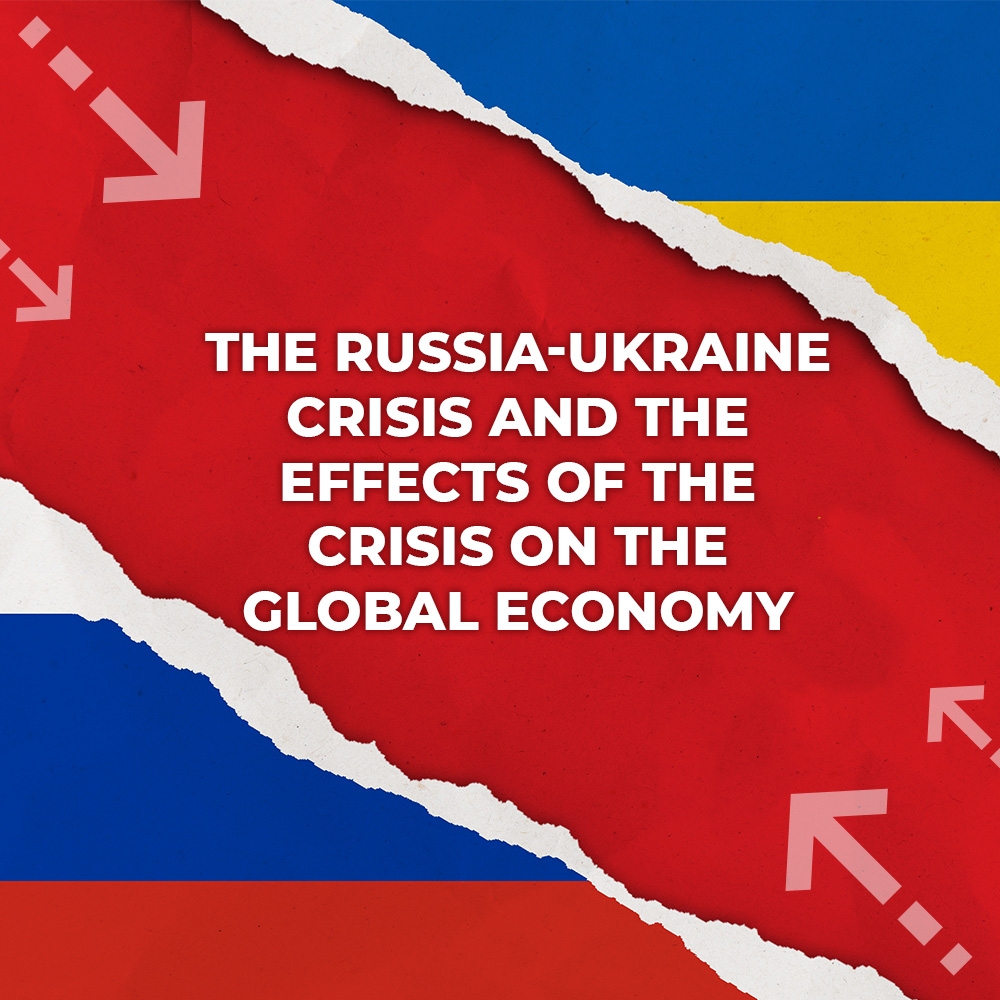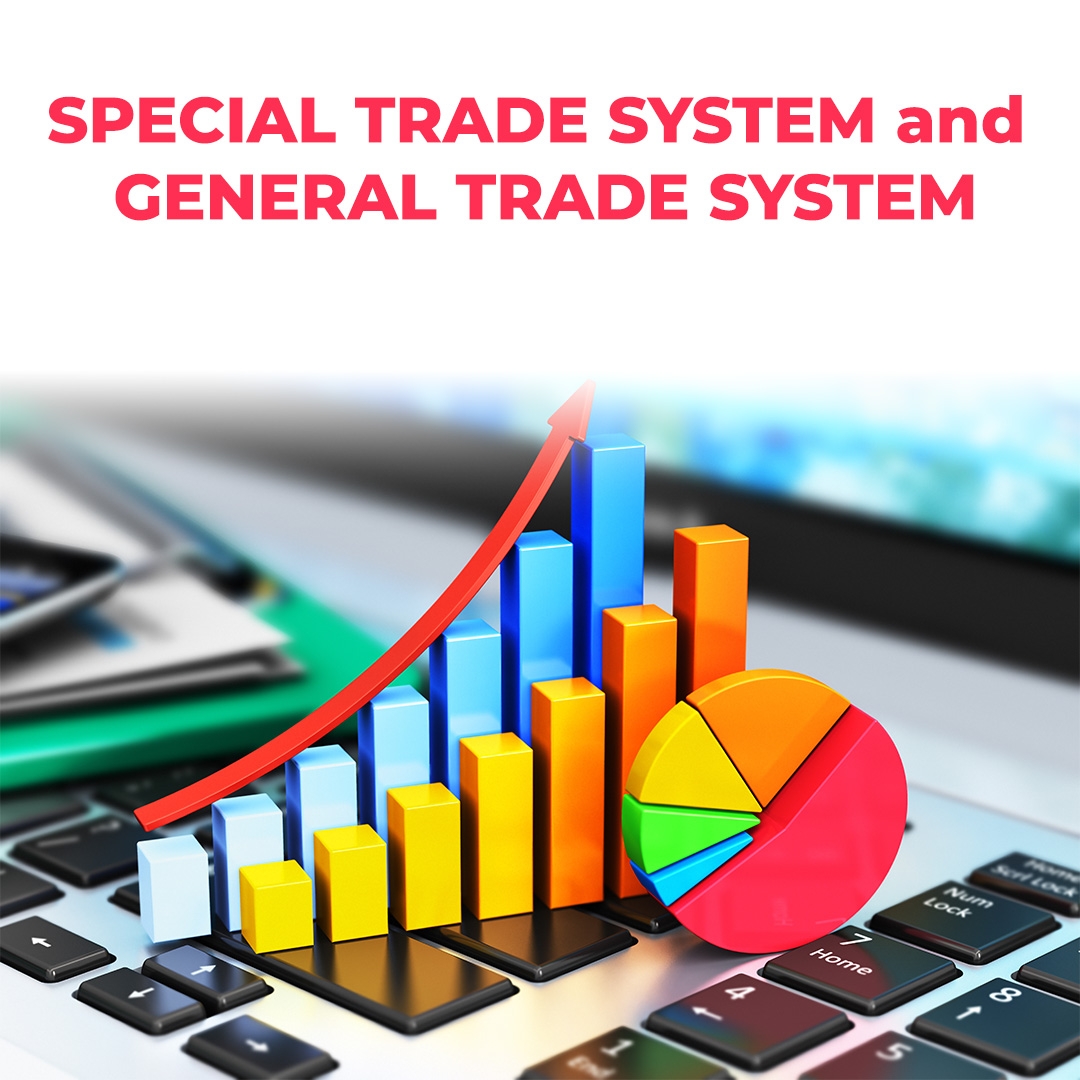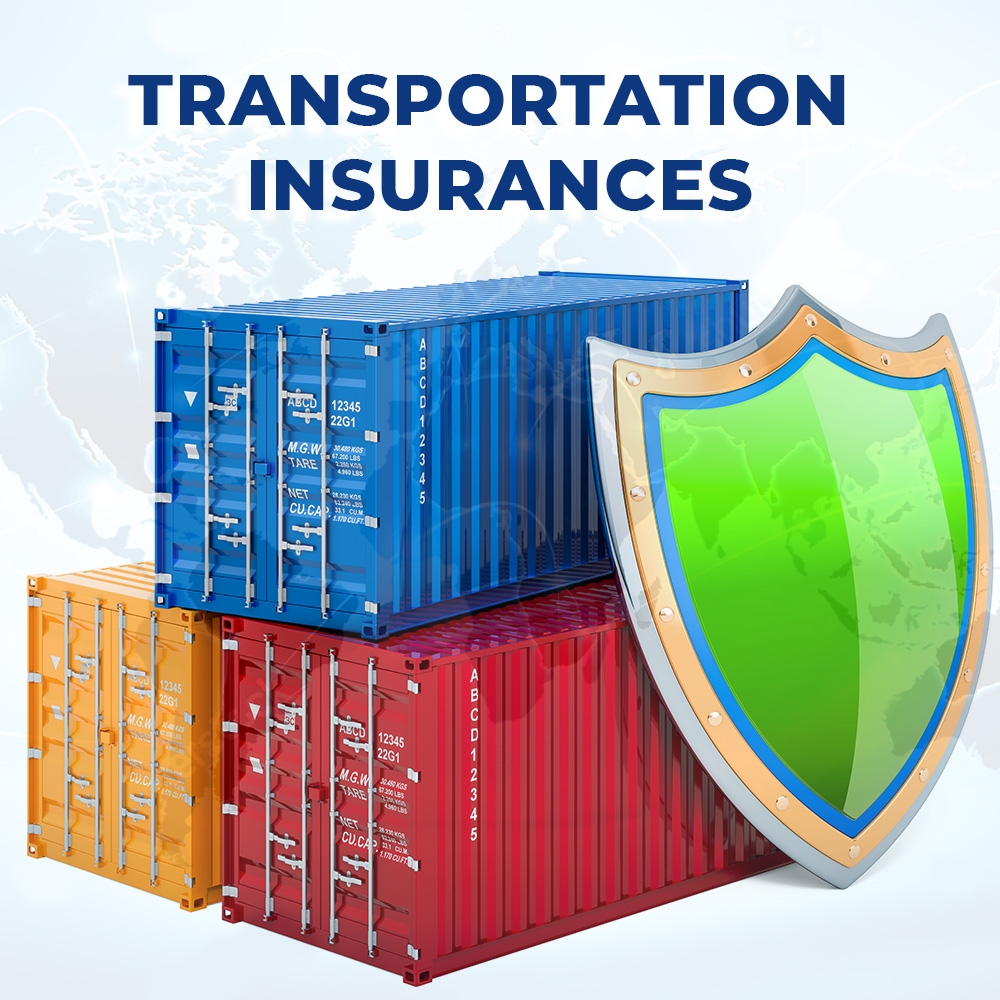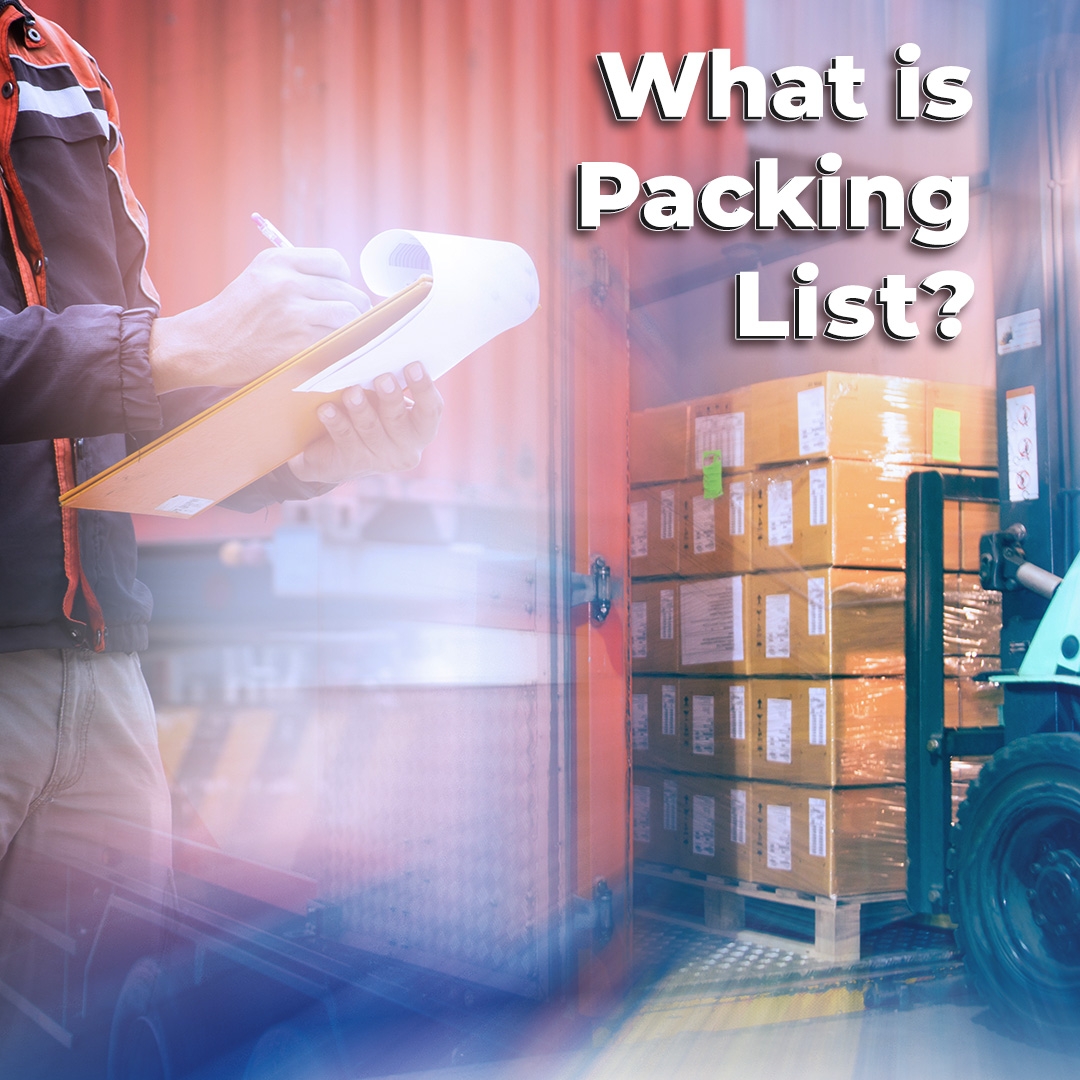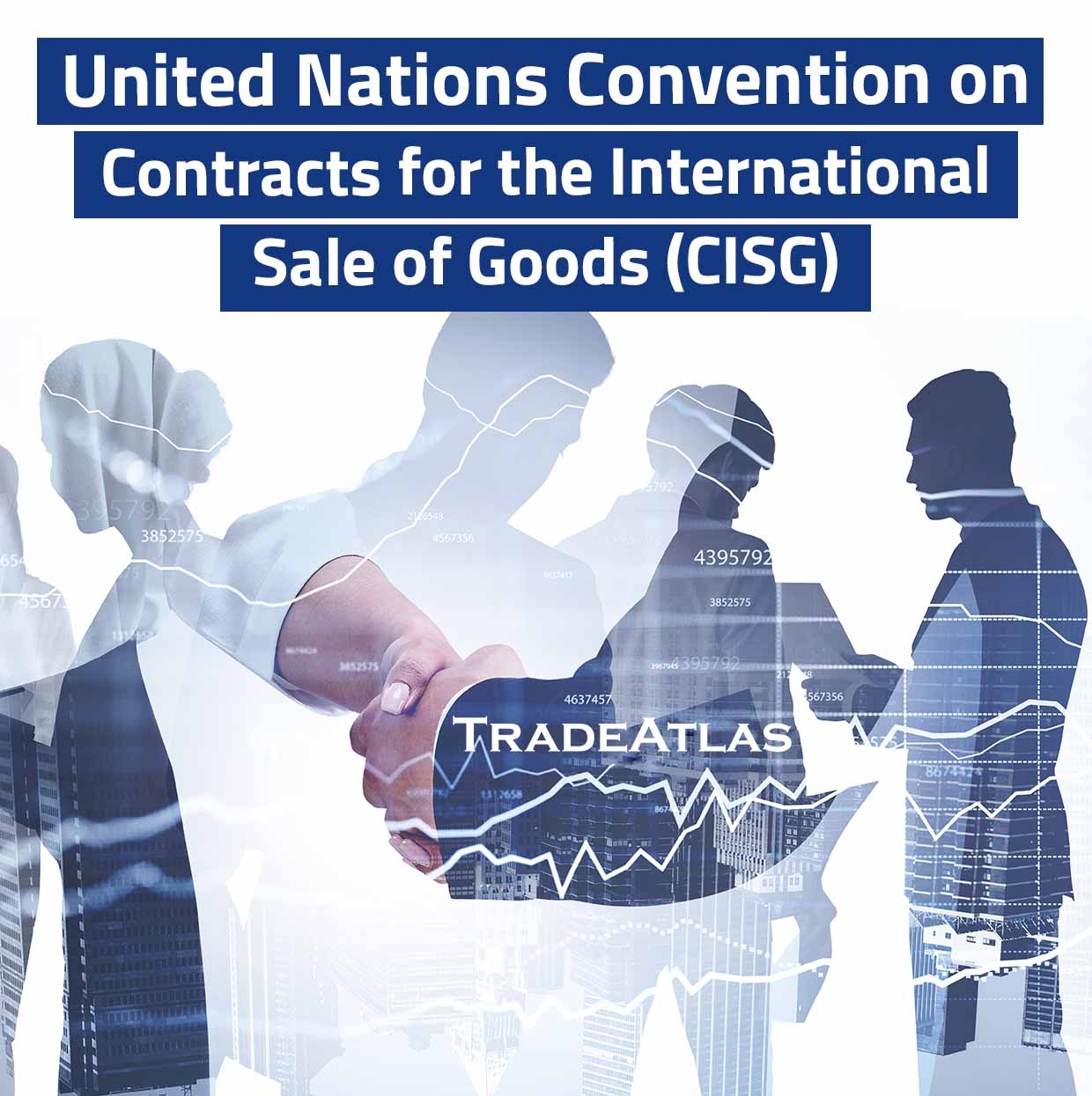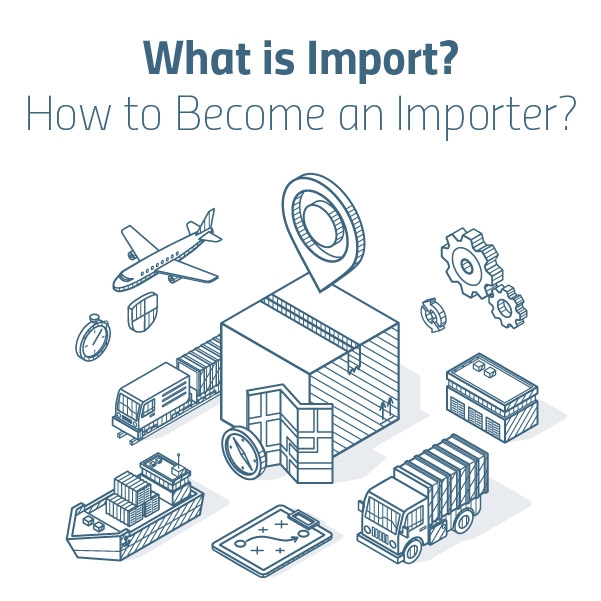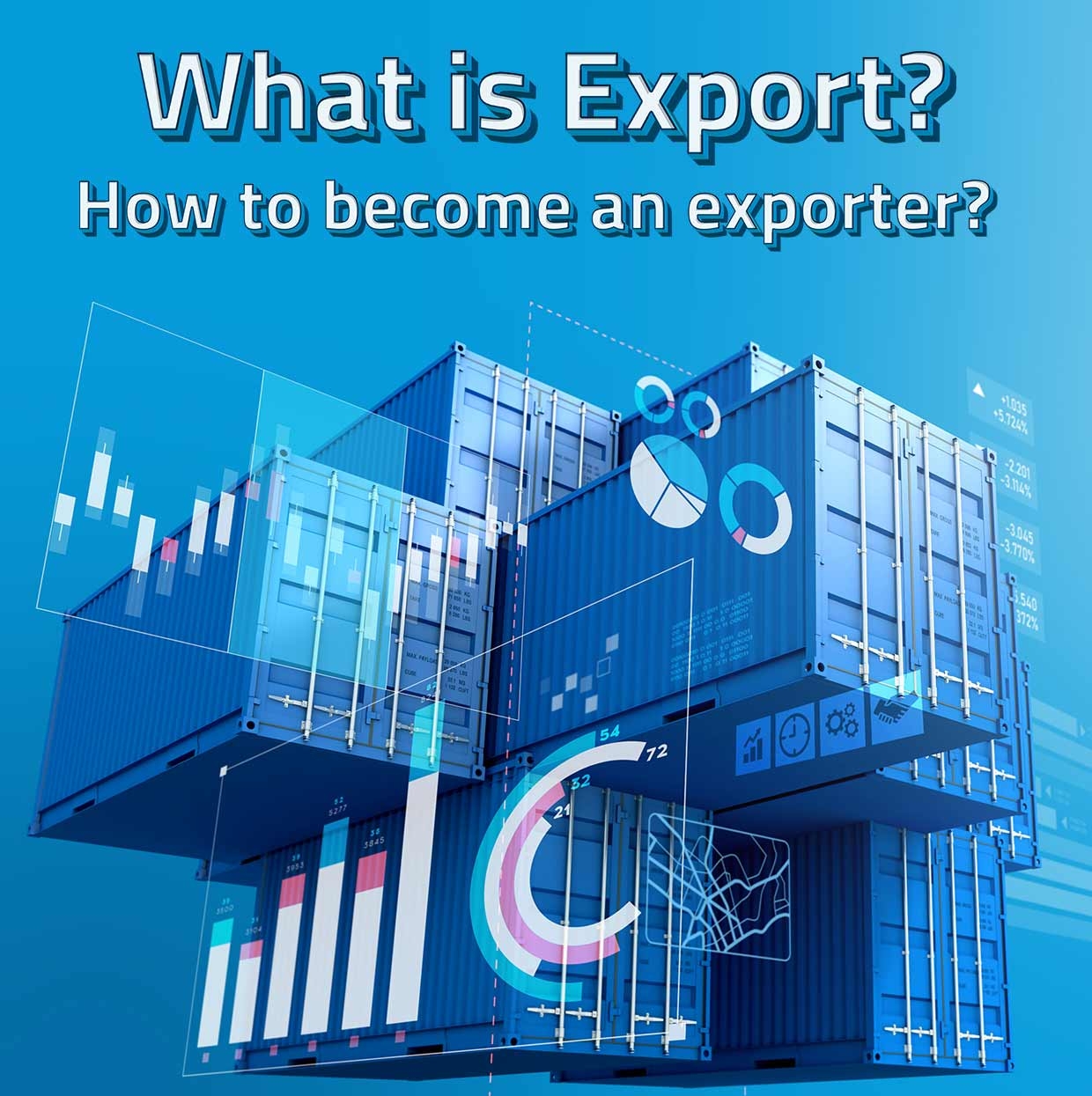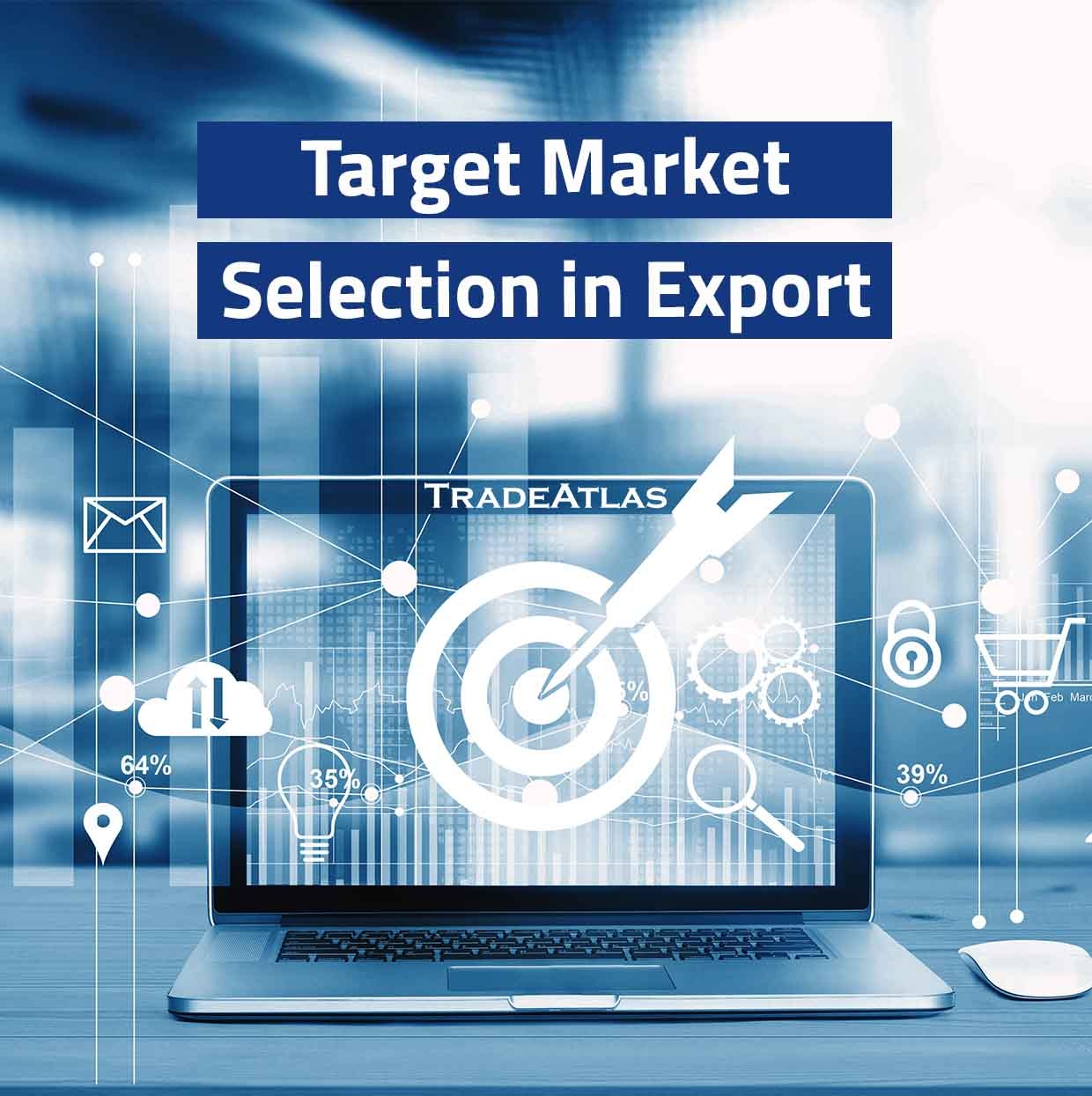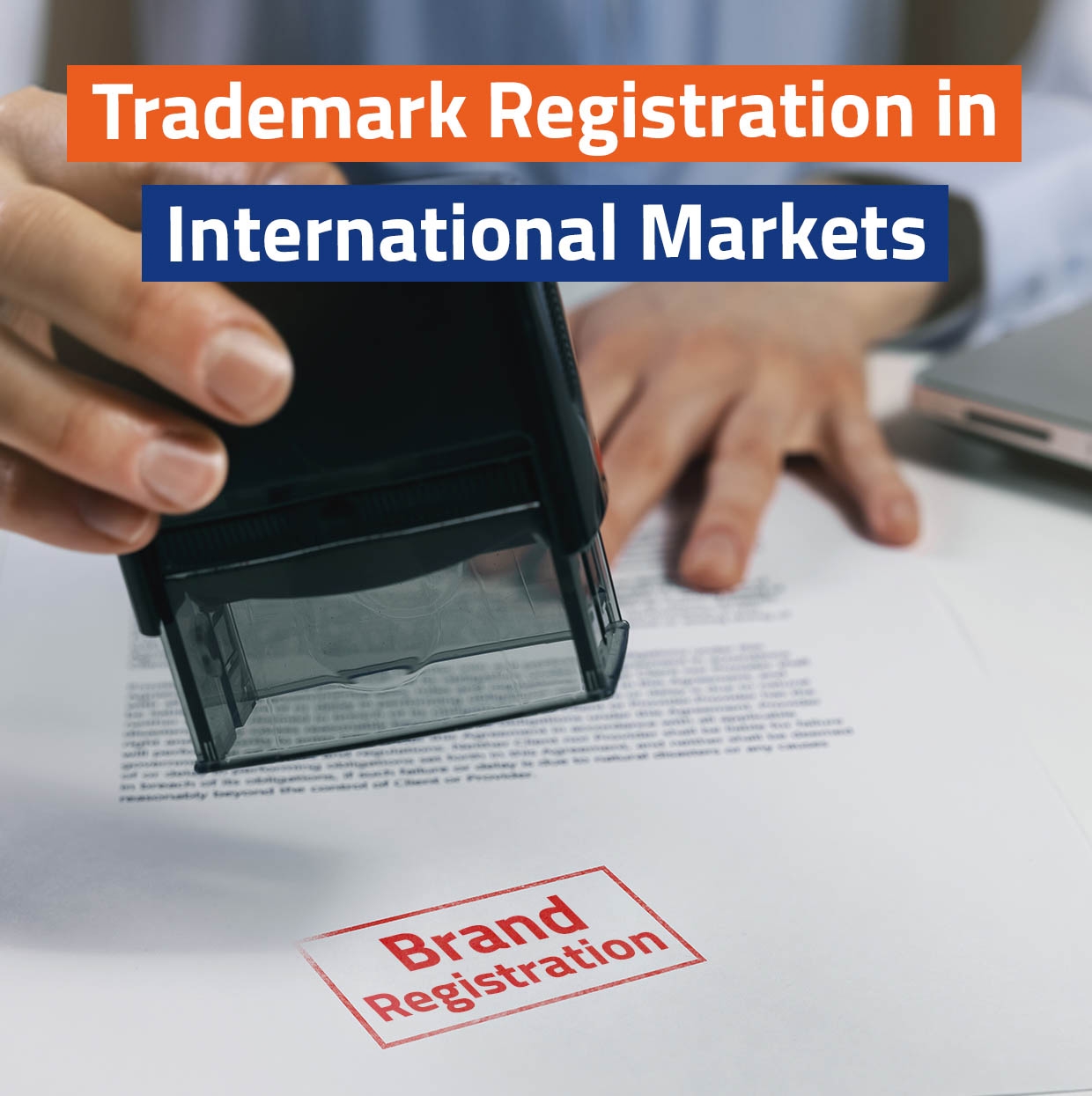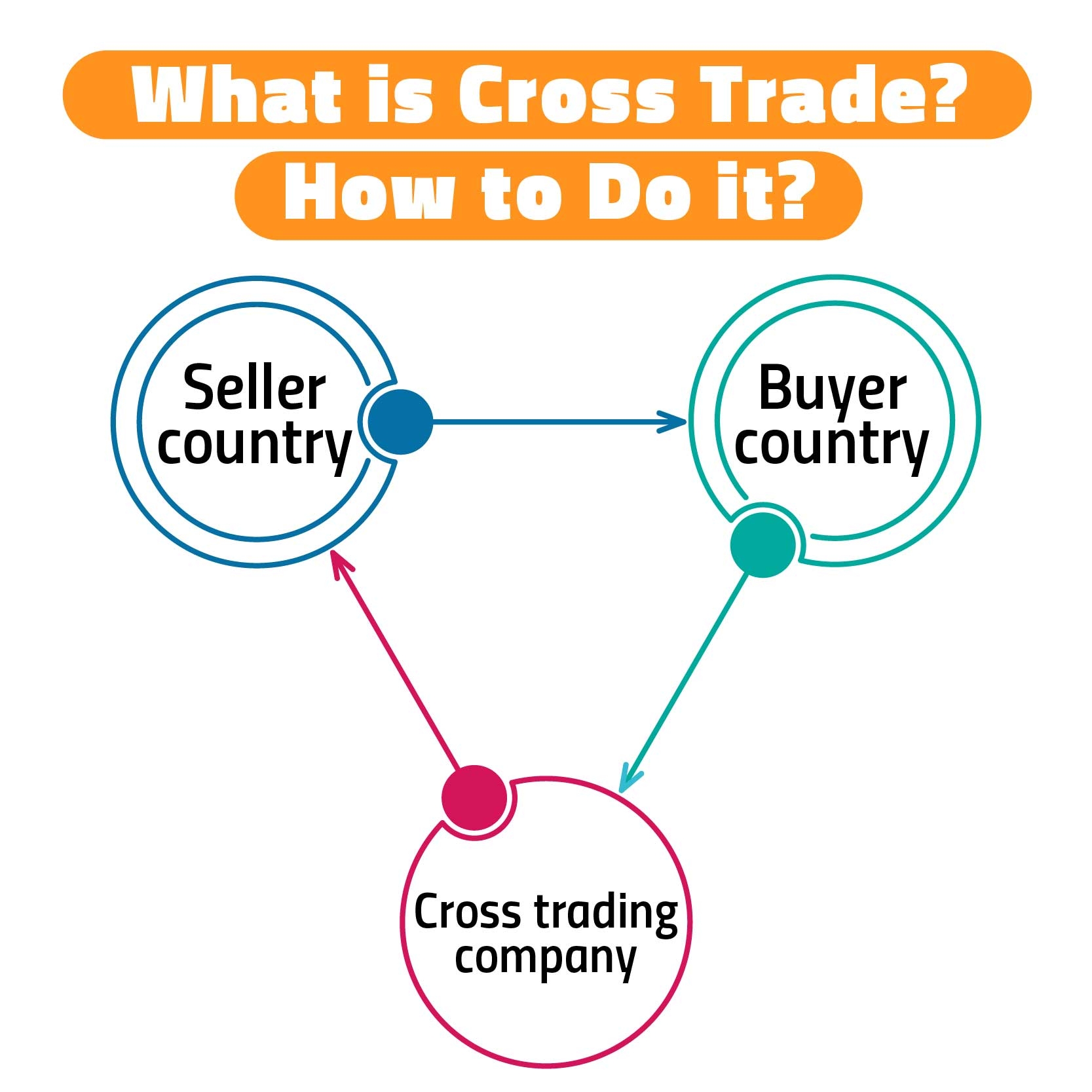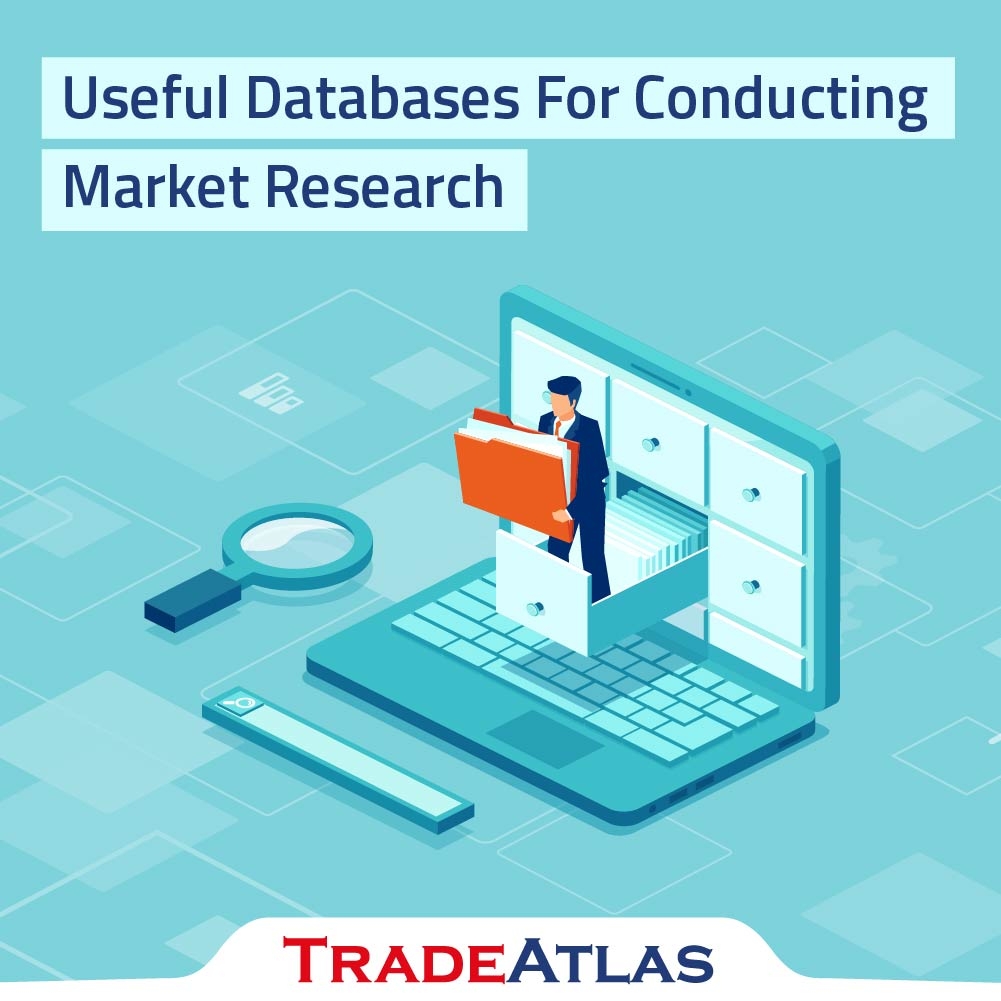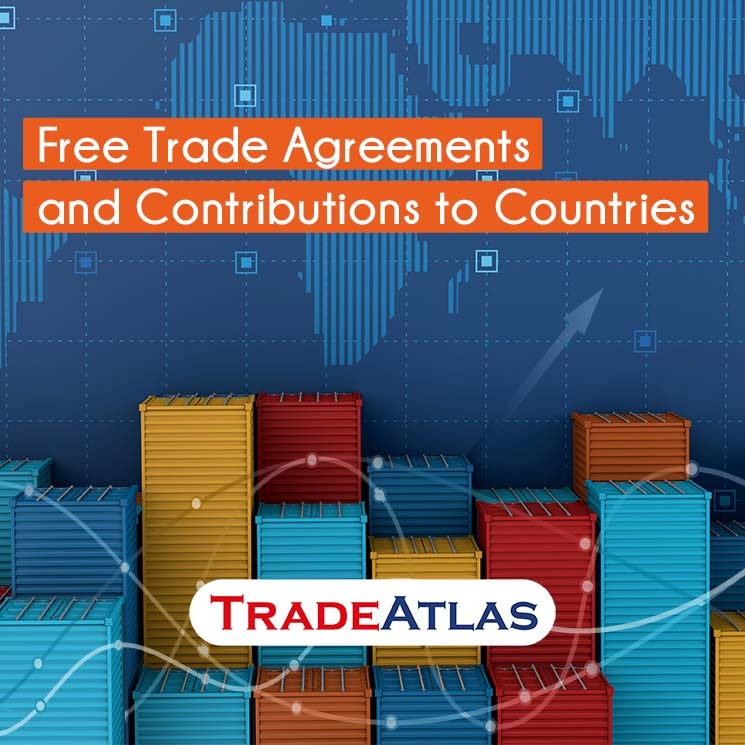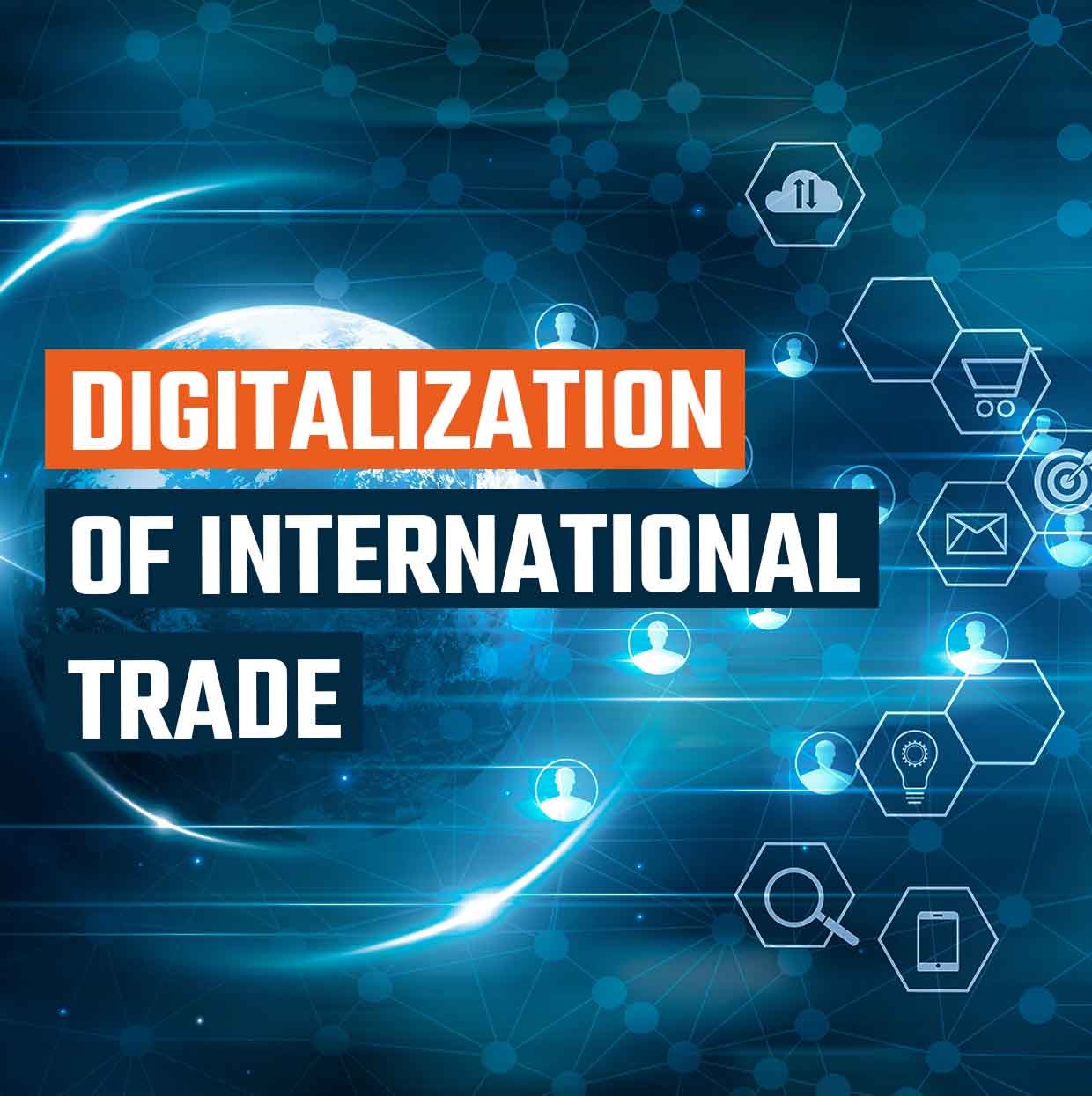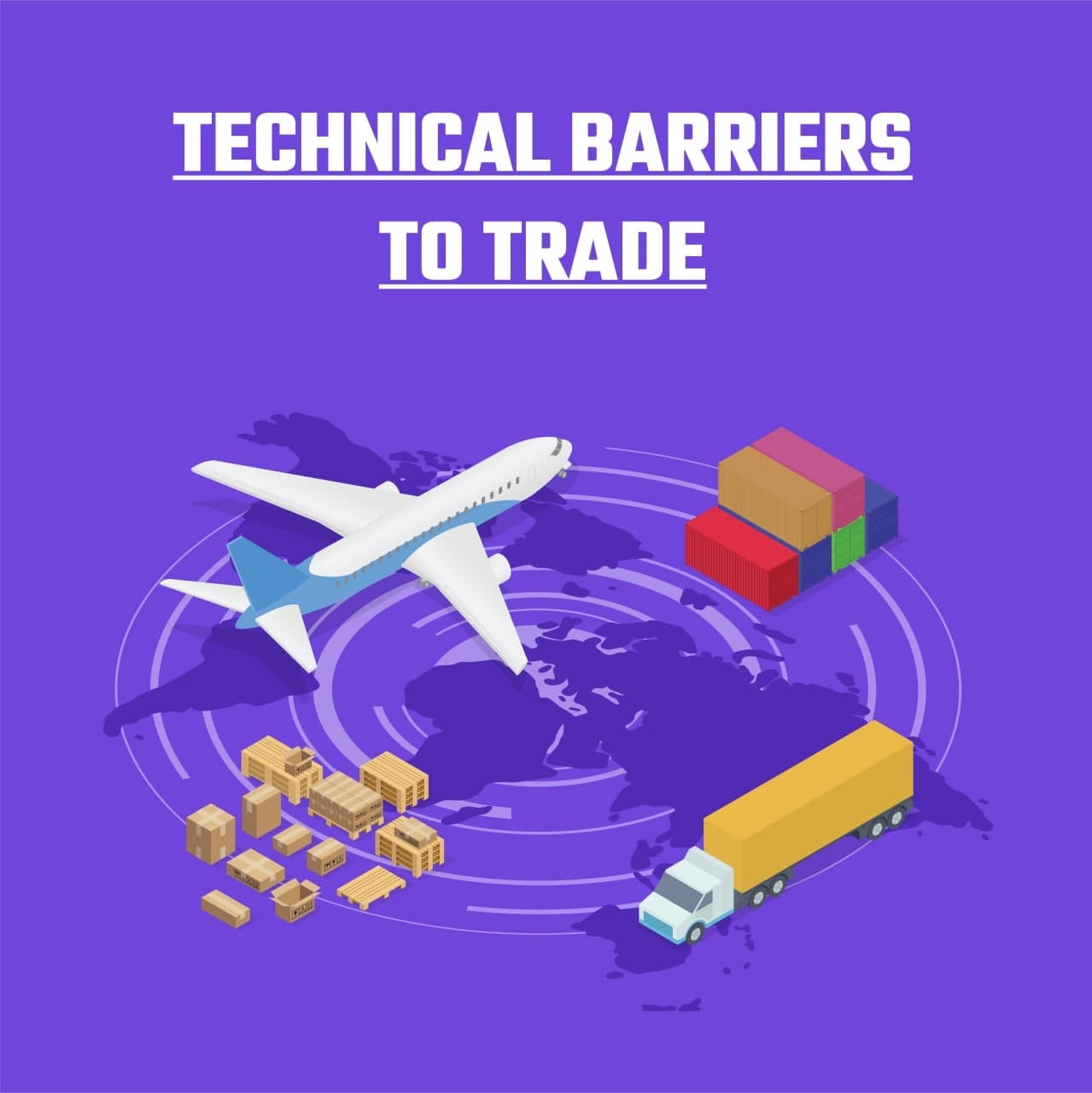Regional Economic Integrations
Definition and Purpose of Economic Integration
The efforts of the countries in a certain geographical
area to increase the welfare in the region by removing the barriers to foreign
trade is called regionalization.
When countries see that it is difficult to compete
alone in the market, they try to create a single market in their region by
forming regional blocks and try to establish common legal and social systems.
Besides economic proximity, the proximity of
socio-cultural ties is also an important factor in economic integration.
Required Conditions for Integration
There must be five important affinities between
countries in terms of the conditions that provide integration and the
availability of international economic integrations. These are geographical
proximity, political proximity, proximity in terms of economic development
levels or homogeneity in economic development, homogeneity in the applied
economic system and closeness of socio-cultural ties.
For geographical proximity, to be permanent on
a regional basis it is only possible by producing trade policies for the
countries in the region in which they are located and following a foreign trade
strategy based on neighboring countries and carried out with healthy
inter-institutional coordination. Nowadays, when we look at the world in
general, we witness that regional integrations and therefore trade with
neighboring countries are developing rapidly and countries are following a
policy in this direction.
For political proximity, it is important to
establish a "legal infrastructure" in the development of bilateral
economic relations between states. The most important agreements that prepare
the legal ground of the relations can be listed as;
1. Trade Agreement
2. Double Taxation Prevention
Agreement (DTPA)
3. Agreement on Mutual
Promotion and Protection of Investments (AMPPI)
Proximity in terms of economic development levels, the success of integration varies depending on the
development level of the countries. While the integration to be established
between countries with similar economic structures will be more successful, the
chances of success of integrations established between countries with different
economic structures are more limited. E.g; Integration of developed countries
with developed countries and developing countries with developing countries
increases the chance of integration, while integration of developing countries
with developed countries limits the success of integration.
Homogeneity in the applied economic system includes the integration of other instruments such as
money, finance and socio-economic policies beyond the common market. A single
monetary and banking system, common financial policies and a supranational body
that will determine and implement common economic policies throughout the union
must be established.
TradeAtlas plays an important role in providing
economic integration.
All importers and exporters can be accessed by their HS Code, Product, Importer
or Exporter name. Trade Atlas helps companies reach potential new customers in
line with the criteria they seek.
Goals of Regional Integration
In the literature,
we see that the three methods‐stages are applicable according to the degree of
integration at the point of achieving the main objectives of integration.
1. Ensuring the free movement of goods and services
2. Ensuring free movement of production factors
3. Harmonization of the economic policies of the
member countries. These methods can also be defined as stages of integration.
Free Movement of Goods and Services
This approach; It emphasizes the thesis that the free
exchange of goods and services will have a positive impact on the well-being of
all. Free foreign trade provides the consumer with the opportunity to choose
the cheapest one among a much larger number of goods, thus contributing to the
consumer's ability to consume cheap and high-quality goods and services and, in
this respect, to maximize their welfare.
Free Movement of Factors of Production
At this stage, which is another basic principle of
economic integration, free movement allows for the optimal distribution of
labor and capital. Accordingly, the shift of labor and capital to areas where
they are more productive plays a role in increasing efficiency and productivity
in production.
Harmonization of Member States' Economic Policies
The abolition of trade disputes between member states
and their peaceful resolution is the second main goal of economic integration,
which is defined as policy harmonization.
In the mixed economy, some transactions are carried
out within the framework of the market economy logic, and some are carried out
by the public.
In a structure where the state's intervention in the
economy is defined as a mixed economic system, the policies followed by the
individual states, which are parts of the integration, may also differ.
Therefore, if the policies implemented by each state are not harmonized within
the whole, full integration cannot take place.
Examples of Integration Among
Developed Countries
Today, the North American Free Trade Agreement with
the European Union is among the most suitable examples of integration
agreements between DCs.
It is noteworthy that intra-industry trade rather than
inter-industry trade is common between DCs, while prices are above both
marginal and average costs as reflections of imperfect competition conditions,
and there are conditions of increasing returns to scale.
Examples of Integration Among Developing or Least
Developed Countries
In Asia and Latin America, some countries have made
significant strides in planning, implementing, and developing regional trade
cooperation agreements. Among the most important purposes of adapting the
customs union, free trade area and other regional trade agreements are the
initiation and examination of bilateral trade relations between a kind of
center (developed countries) and the periphery (developing and/or less
developed countries).
Within the framework of static comparative advantages,
which is the main objective of the economic integration theory, it is
understood that the substitution industrialization strategy based on full
specialization and expansion in trade should be aimed at realizing the industrialization
and economic development of the economic structure on a sectoral basis, rather
than providing an increase in welfare within the union.
It is very easy to reach importers and exporters all
over the world directly with Trade Atlas! Trade Atlas is a global importer and
exporter search engine that contains 1.5 billion bills of lading and shipment
details data of 17 million importer companies in more than 230 countries around
the world. Trade Atlas is with you to accompany you in taking steps towards
becoming a more important part of global trade! To become part of the global
ecosystem, you can register and search for free by clicking here.



